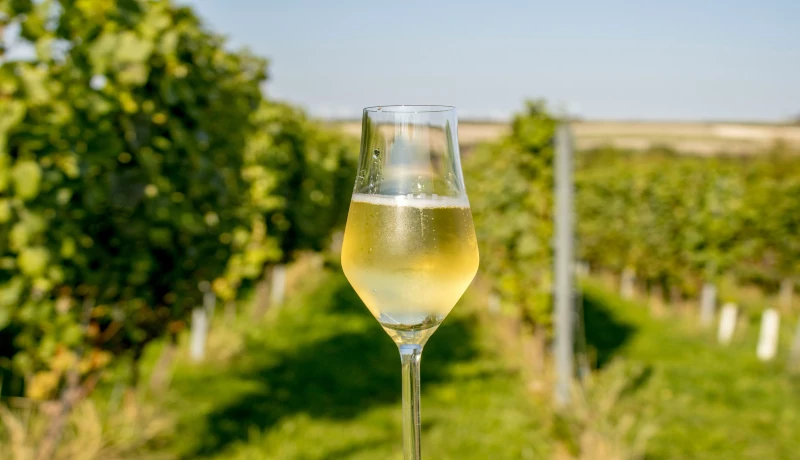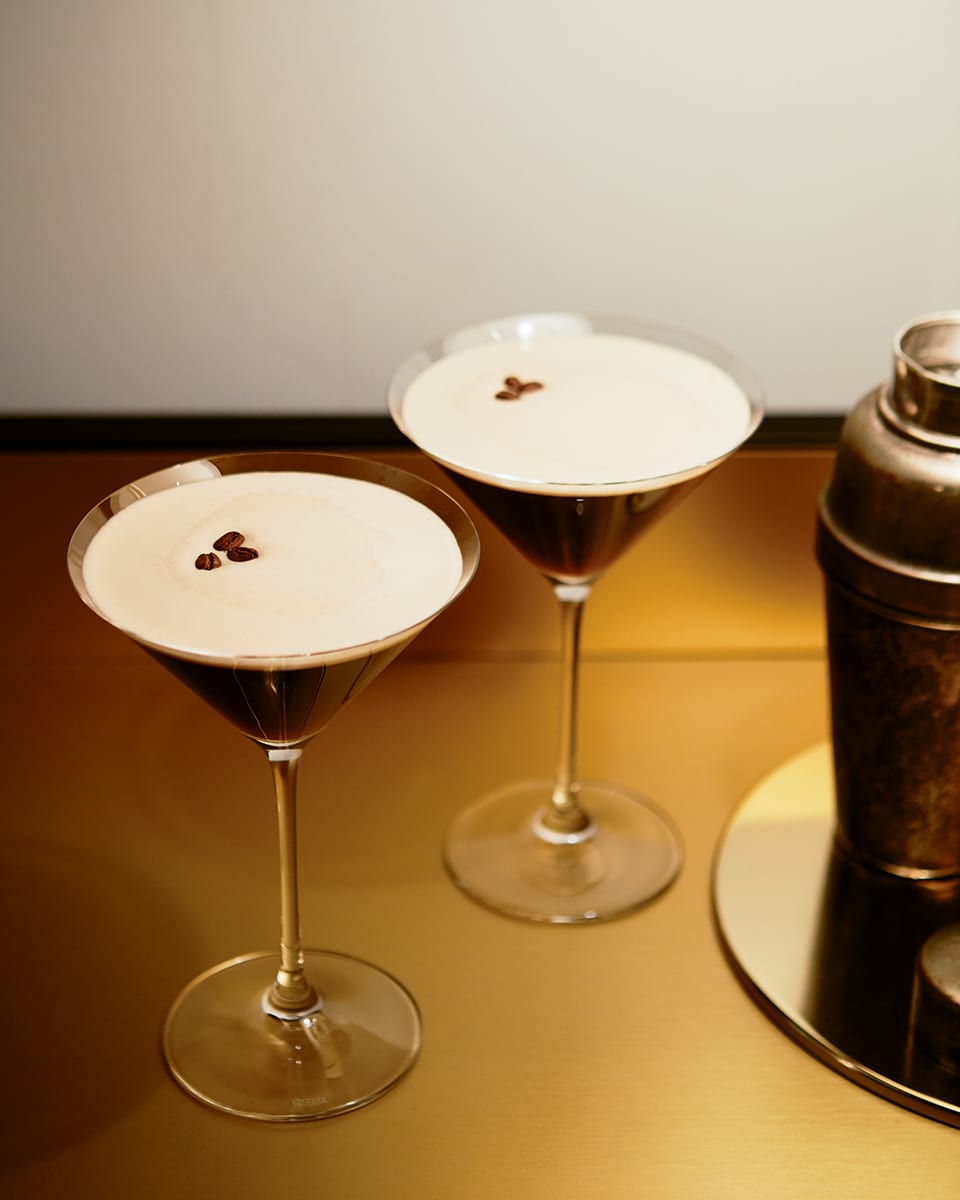
Advertisement
In 2025, American gin culture is undergoing a renaissance—bold, regionally inspired, and deeply entwined with emerging culinary and wellness movements. No longer confined to the classic gin and tonic or the occasional martini, gin has carved out a sophisticated identity in the United States, shaped by terroir, technology, and cultural redefinition.
Across the nation, a new generation of distillers and bartenders is championing hyper-local botanicals, culinary craftsmanship, and wellness-forward infusions. Whether it’s wild-foraged cocktails in Northern California, smoky Southern infusions in Texas, or zero-proof gin rituals in Chicago’s sober nightlife movement, Americans are finding unexpected, innovative ways to experience gin in 2025.
Below, we explore the top five regional and cultural trends redefining how Americans drink gin—offering a glimpse into how this storied spirit has become the canvas for American ingenuity and local expression.

1. Farm-to-glass gin cocktails dominate Californian tasting rooms
Local botanicals redefine the West Coast gin experience
In 2025, California’s gin scene is less about tradition and more about terroir. Distilleries across Sonoma, Mendocino, and even the Sierra foothills have embraced farm-to-glass gin cocktails that spotlight local botanicals—from wild juniper and coastal sage to Meyer lemons and Douglas fir.
Tasting rooms in Sebastopol and Carmel are crafting curated experiences where visitors can tour herb gardens, watch small-batch gin being distilled in copper stills, and then sip cocktails made with ingredients grown just a few feet away. The movement aligns with California’s long-standing commitment to sustainability and organic agriculture.
Take Starlight Botanica, a boutique distillery in Big Sur, which offers a “Gin Harvest Flight” featuring seasonal cocktail variations infused with wild-foraged elderflower, redwood tips, and wild fennel. These ingredients, once considered peripheral, are now at the heart of a new West Coast gin aesthetic—fresh, aromatic, and deeply connected to place.

Bartenders in San Francisco’s Mission District are also leaning into this local-first ethos, swapping imported ingredients for foraged ones and favoring native garnishes like sea beans or eucalyptus sprigs. The results? Gin cocktails that are not only ultra-local but narrative-rich—stories in a glass that speak of land, labor, and California’s ever-evolving palate.
2. Southern-style gin infusions are gaining popularity in Texas and Georgia
Smoked gin and spicy infusions redefine craft culture
The American South is putting its bold signature on gin in 2025, transforming it into a vessel for smoke, spice, and Southern soul. Long known for whiskey and bourbon, cities like Austin and Atlanta are now pushing the boundaries of Southern gin infusions, developing complex flavor profiles that marry tradition with innovation.
In Austin, Campfire & Juniper, a gin-forward cocktail bar, has become a mecca for smoked gin cocktails. By aging gin with mesquite wood and blending it with chipotle tinctures, bartenders are crafting drinks that evoke a Texas BBQ pit more than a British gin palace. One signature drink, the “Smoke Ring,” features smoked rosemary, grilled grapefruit, and ancho chile syrup stirred with mesquite-aged gin.
Meanwhile, in Savannah and Athens, Georgia, the focus is on infused gins using regional ingredients like peach skins, hibiscus, and even boiled peanuts. At The Stillery Lounge, a local hotspot in downtown Savannah, guests can order a “Peach & Peppercorn Southside,” a twist on the classic cocktail that balances sweet Southern fruit with a whisper of fire.

This regional gin trend in the U.S. reflects a broader Southern ethos—blending hospitality with heat, comfort with complexity. And it’s catching on fast. Distilleries across Texas and Georgia are now bottling their pre-infused gins, selling them not just to locals but to global markets eager for an authentic taste of the New South.
3. High-end rooftop bars in NYC elevate gin sipping rituals
Signature gin martinis meet molecular mixology
Nowhere is American gin culture more theatrical than on the skyline-studded rooftops of New York City. In 2025, the city’s luxury bars are elevating gin sipping rituals to an art form, where presentation, precision, and performance all converge.
At Violet Ember, a rooftop bar in Midtown Manhattan, martinis are no longer just stirred—they’re deconstructed. Using molecular mixology techniques, bartenders are serving gin cocktails in three stages: a vapour mist inhalation, a solidified edible gel, and finally the classic martini sip, all showcasing different expressions of the same botanical blend.
These high-end gin cocktails in NYC feature rare gins made from foraged Icelandic moss, Japanese yuzu, or Himalayan juniper. What makes them uniquely American, however, is the hybrid of global sophistication with urban storytelling. Cocktails are named after boroughs, urban legends, or cultural moments—“The Flatiron Fog” or “Midnight on the L Train.”
This ritualized approach to gin drinking is also making waves in Brooklyn, where neo-speakeasies are offering gin pairings with art installations, jazz performances, or even scent experiences. Gin here isn’t just a drink—it’s an immersive, multi-sensory experience.
In 2025, sipping gin in NYC isn’t about escape—it’s about elevation. It’s a deliberate, luxurious, and curated practice that reflects the city’s creative pulse and cosmopolitan palate.
4. Gin and coffee hybrids hit mainstream brunch menus
Espresso-gin fusions take over Portland’s café bars
The brunch culture boom continues to thrive in the U.S., but in 2025, the bottomless mimosa has some competition: gin and coffee hybrids. Spearheaded by experimental baristas in Portland, Oregon, these drinks combine the botanical brightness of gin with the rich, roasted profile of espresso or cold brew.
At Bitter & Bean, a café-bar hybrid in Portland’s Pearl District, you’ll find the “Botanical Buzz”—a signature drink made with citrus-forward gin, lavender cold brew, honey-cardamom syrup, and orange bitters. It’s served chilled with a sprig of rosemary smoke for extra olfactory flair.
Coffee-forward gin cocktails are also popping up in Seattle, Denver, and parts of Minneapolis, especially in venues that blur the line between third-wave cafés and craft bars. The appeal lies in contrast: the invigorating caffeine hit paired with gin’s herbal complexity creates a sophisticated morning or mid-day drinking experience without the sugary drag of brunch staples.

This trend is being driven by younger consumers—particularly Gen Z and Millennials, who seek unique gin cocktails in the US that combine ritual with innovation. Many of them view these hybrid drinks as extensions of their lifestyle: conscious, curated, and caffeine-charged.
It’s no surprise then that some distilleries are collaborating directly with coffee roasters to create ready-to-drink espresso gin tonics in canned form—perfect for park picnics, micro-festivals, or elevated work-from-home happy hours.
5. Zero-proof gin alternatives shape mindful drinking in Chicago
How alcohol-free botanical spirits are reshaping wellness nightlife
Mindful drinking has officially gone mainstream in 2025—and nowhere is this more evident than in Chicago’s evolving wellness nightlife. With alcohol-free bars now thriving in neighborhoods like Logan Square and West Loop, zero-proof gin alternatives are leading the charge.
Distilleries like Echo Dry Botanics in Illinois are producing gin-style spirits that mimic the taste and mouthfeel of traditional gin, using steam-distilled juniper, angelica root, cucumber, and even white tea. These spirits form the base of complex cocktails that deliver the flavor experience without the buzz.
At The Velvet Leaf, a popular sober bar in Chicago, the “Juniper Zen” is a best-seller—made with zero-proof gin, basil cordial, green tea syrup, and yuzu mist. It’s served in a ceremonial-style coupe, emphasizing not just the drink itself, but the ritual of mindful consumption.
What’s unique in Chicago’s scene is the integration of health, flavor, and design. Many zero-proof gin cocktails are infused with adaptogens, nootropics, or even collagen, targeting wellness-savvy consumers who want more from their drinks than just aesthetics.
As America’s wellness revolution expands, so does the demand for alternatives that retain flavor complexity. In 2025, ways to drink gin in the USA don’t always include alcohol—and that’s part of what’s redefining gin for a broader, more inclusive audience.
Why America’s gin culture is evolving faster than ever in 2025
The American gin landscape in 2025 is a kaleidoscope of innovation—where tradition meets terroir, and where new drinking rituals reflect deeper cultural shifts. From botanical gin pairings at rooftop bars in Manhattan to regional gin trends in the U.S. like smoked infusions and sober sipping, gin has become more than a spirit—it’s a symbol of American creativity and community.
The forces driving this evolution are manifold: a desire for local identity, a focus on wellness, an appreciation for craft, and a generational push toward more intentional living. Distillers are responding by crafting gins that tell regional stories. Bartenders are creating experiences that transcend the glass. Consumers are demanding complexity, not just in flavor but in meaning.
As Americans explore new ways to drink gin in the USA, they’re also redefining what it means to enjoy a spirit—whether it’s over coffee, without alcohol, or at a mountaintop tasting room. And in doing so, they are shaping a gin culture that is as diverse, dynamic, and daring as the country itself.
Disclaimer: Consumption of liquor is injurious to health and Business Upturn does not promote or advertise the featured brand(s) or suggest ingesting liquor through this article. Business Upturn does not guarantee the accuracy of information in this article.
